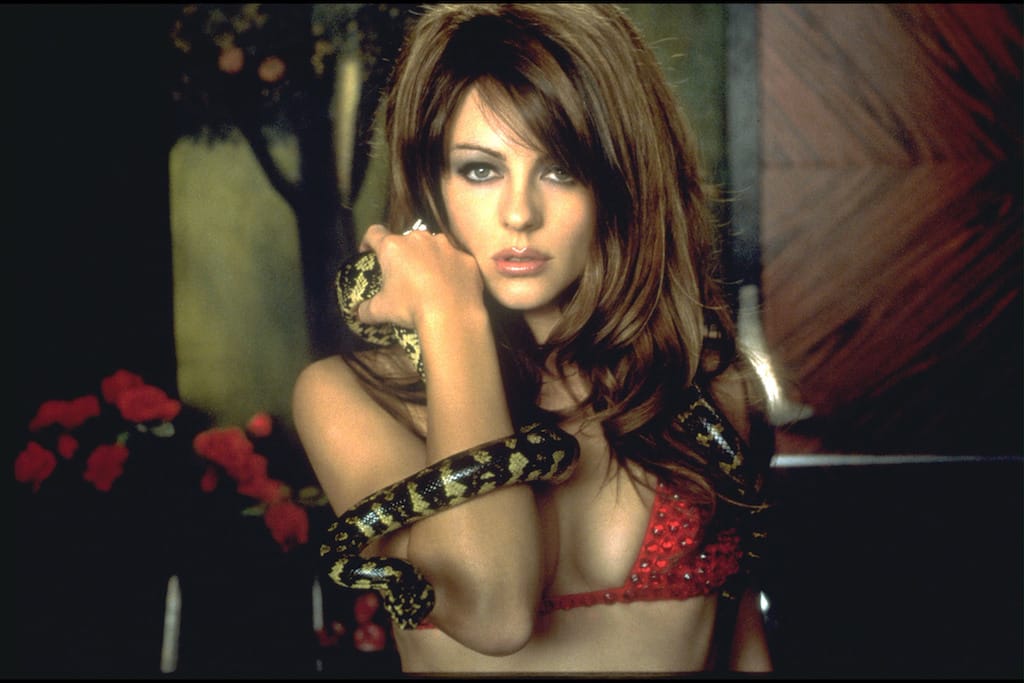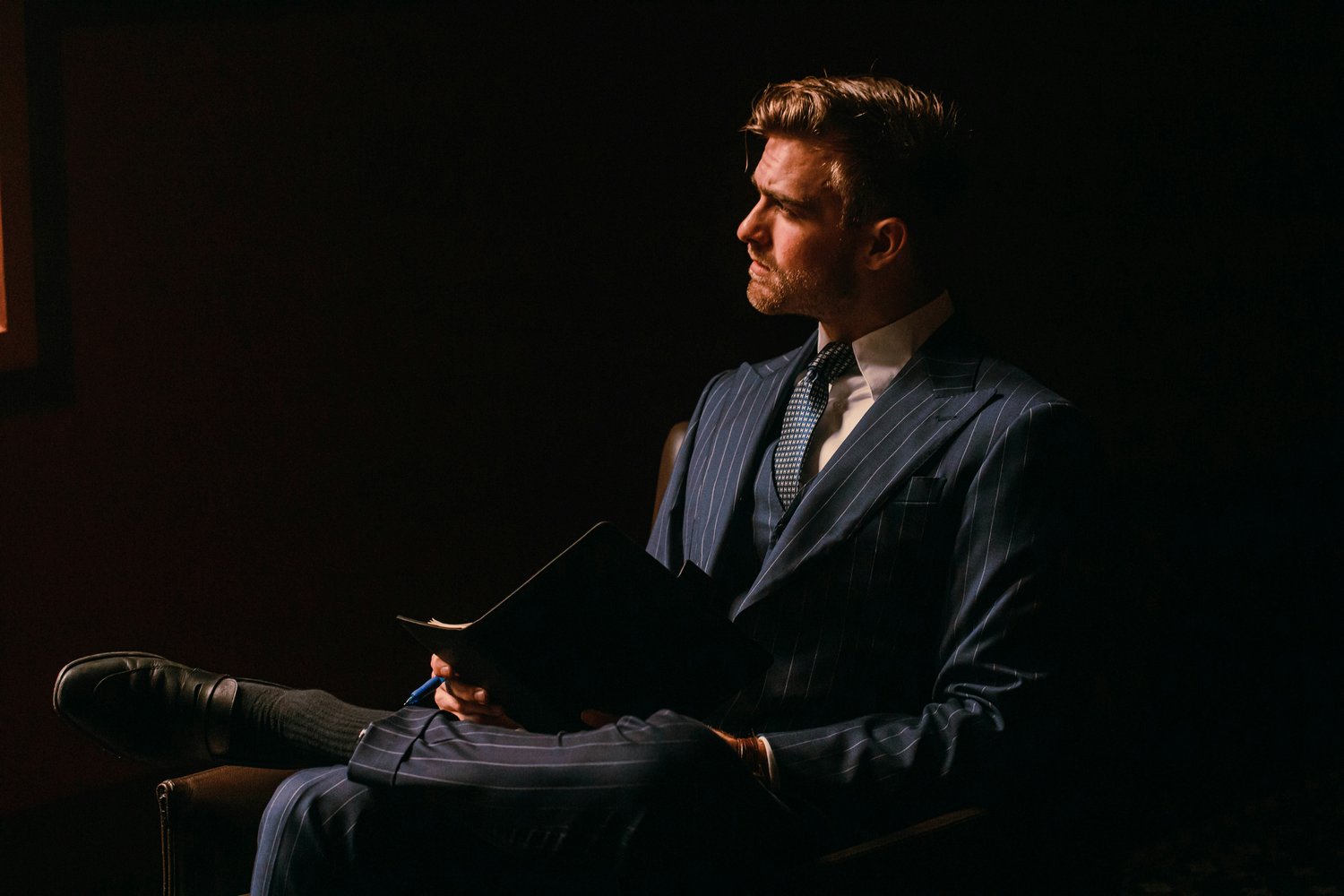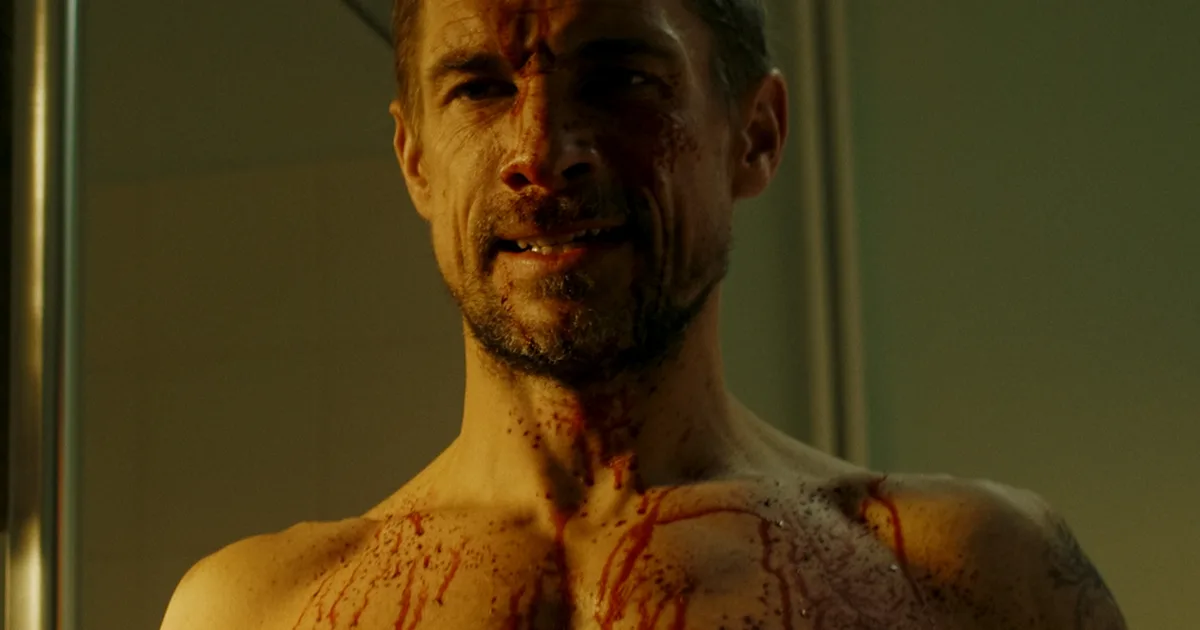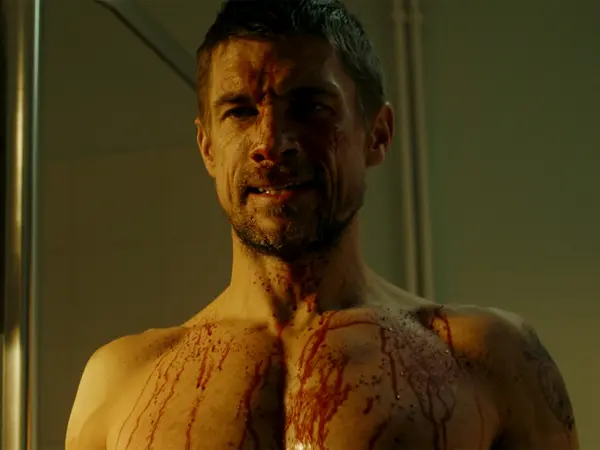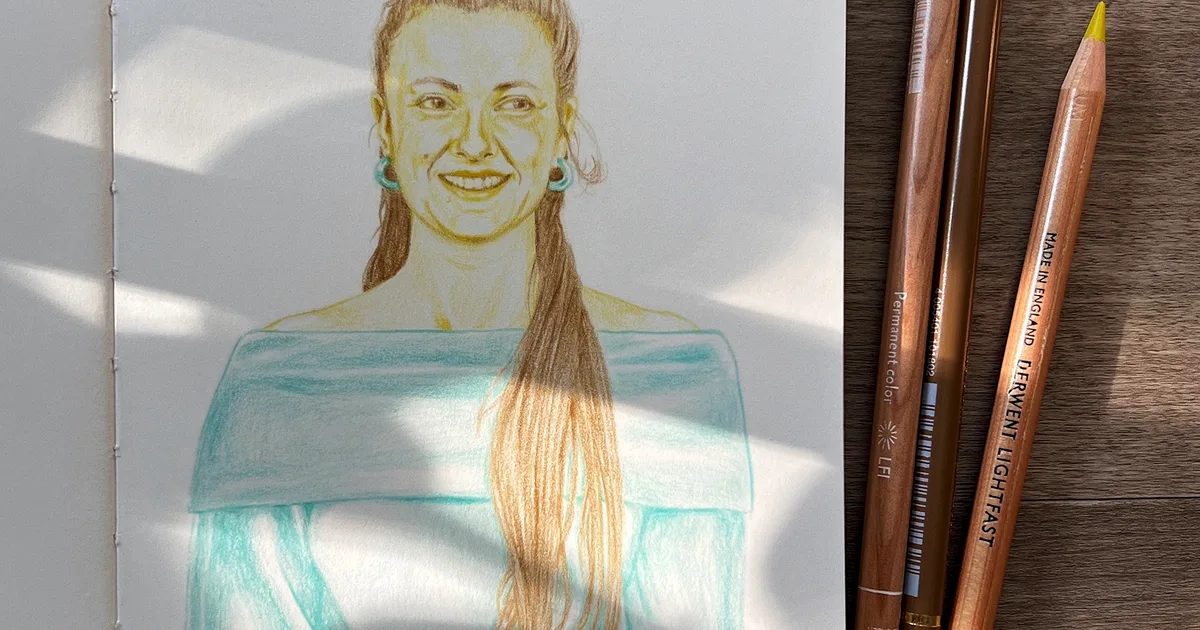Shame, shame on the following movies for making the devil seem glamorous and cool.
The Witches of Eastwick (1987)
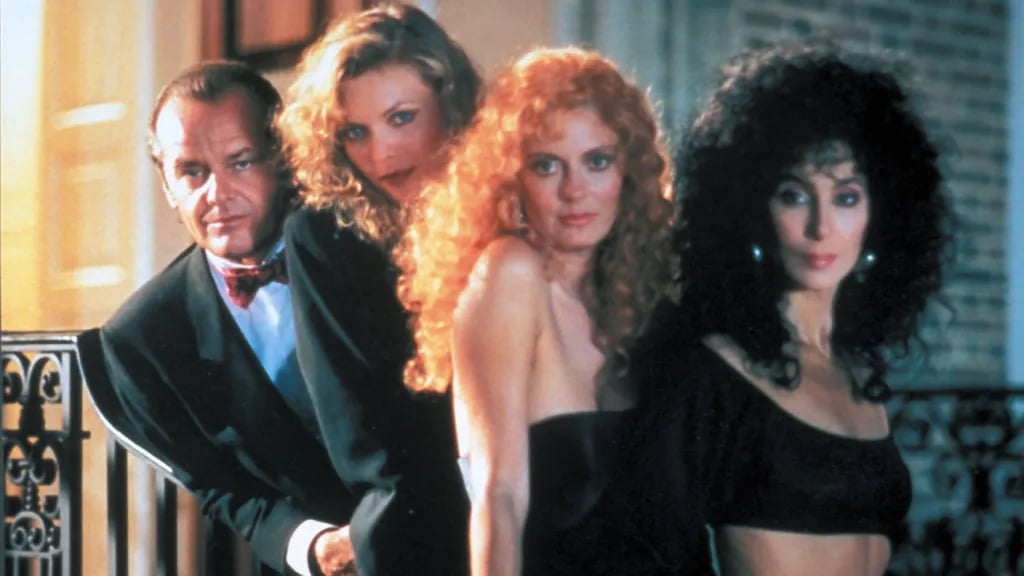
In this adaptation of a John Updike novel of the same name, an unlikely coven of New England witches played by Cher, Michelle Pfeiffer and Susan Sarandon unwittingly open the door to the devil himself, played by Jack Nicholson. OK, technically he’s called Daryl Van Horne, but come on: Van Horne?
The role finds Nicholson at his most endearingly devilish. He soon enters into complicated relationships with all three of the women.
Shame! Shame!
Devil’s Advocate (1997)
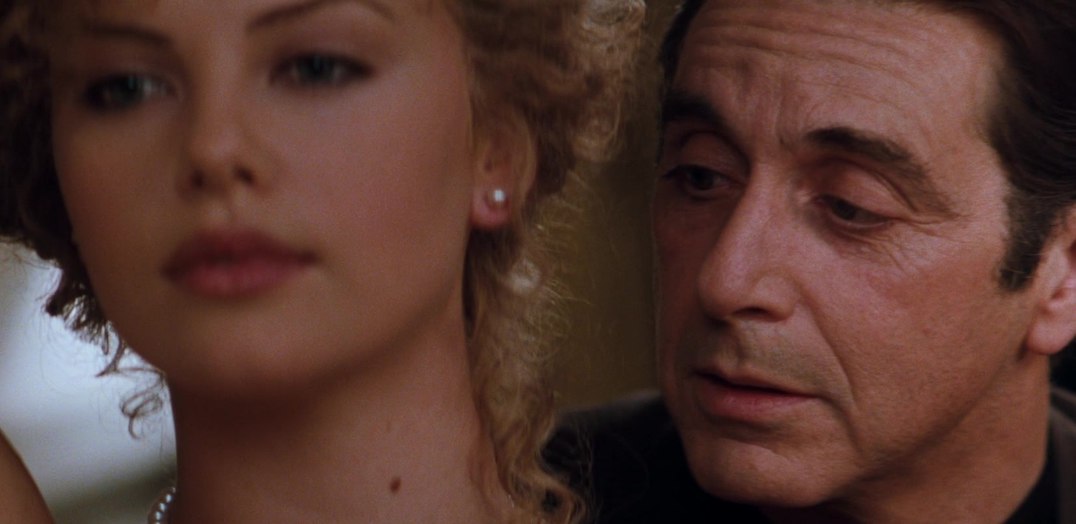
This 1997 melodrama finds Al Pacino playing the devil as high-powered lawyer John Milton, who, well, bedevils a promising new hire played by Keanu Reeves — as well as his innocent wife, played by Charlize Theron (above).
Milton is immensely charming and seductive at the start, then gets more brutal and nasty as things descend into total chaos.
Shame!
Angel Heart (1987)
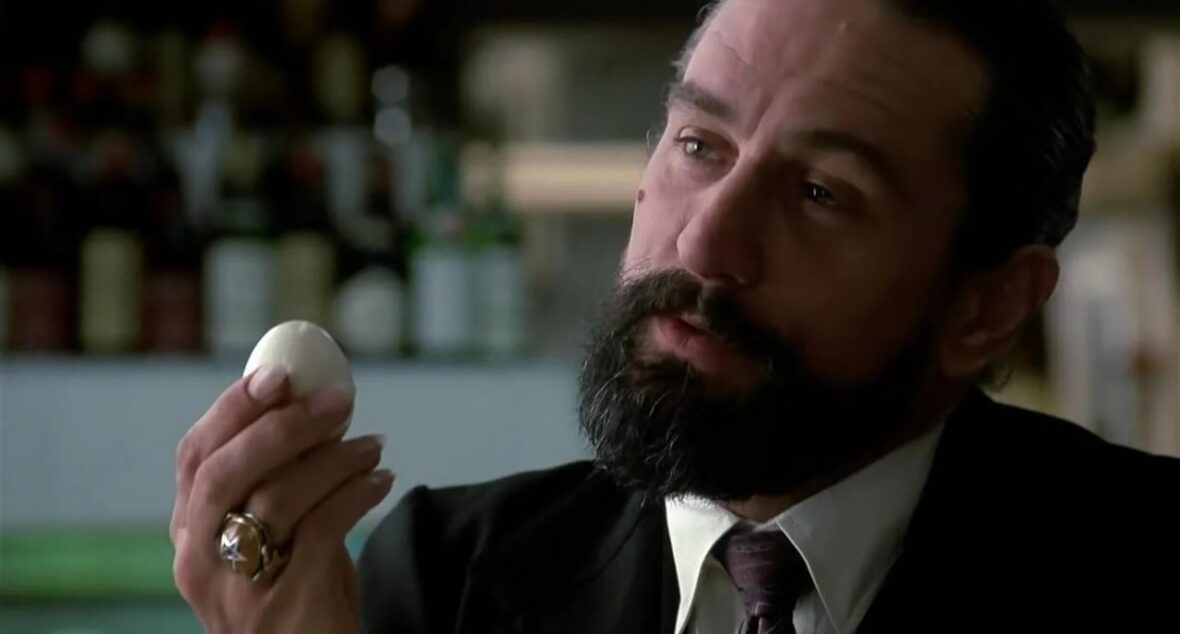
Pacino’s pal Robert De Niro played the devil 10 years earlier, in the form of a ponytailed smoothie called Louis Cyphre who hires a private investigator Johnny Angel (Mickey Rourke) to track down a missing singer in this Southern Gothic/noir.
Soon a young woman named Epiphany Proudfoot (Lisa Bonet) enters the picture, and things get very disturbing.
De Niro’s decision to play Louis Cyphre as restrained and cautious is quite unsettling and effective. He’s perhaps our greatest actor.
Shame!
Also Read: The 5 Sexiest Movies About the Amish
The Devil and Daniel Webster (1941)
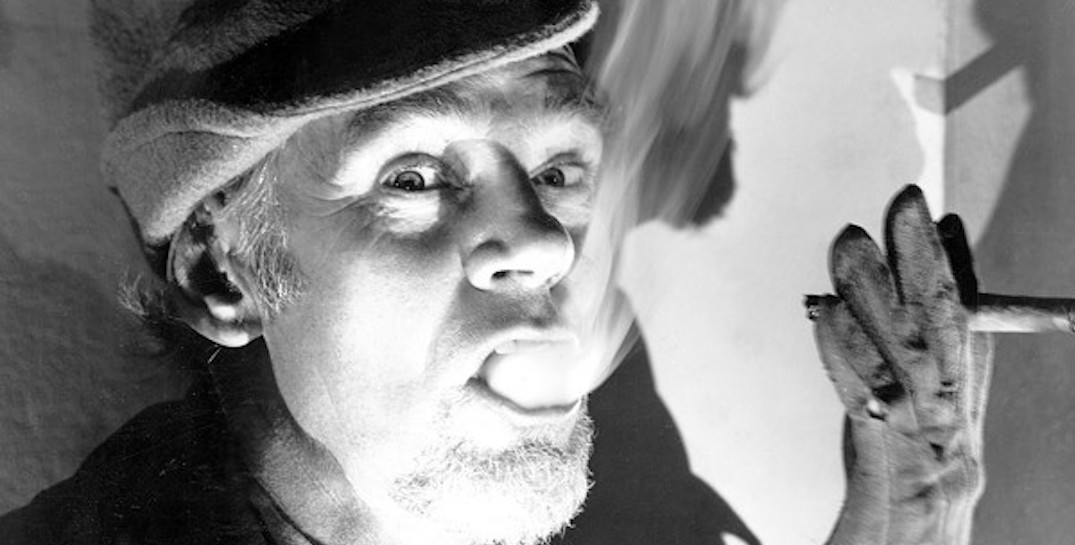
Walter Huston’s soft-spoken, diabolical Mr. Scratch (above) has an energy and charisma that seem impossible to resist. He rigs a trial against statesman and attorney Daniel Webster, as they take a wild and twisty tour through American history. It’s a challenging and ambitious story of what it means to be American.
Shame on this film for ruining America’s wholesome 1940s image… and for glamorizing the devil.
Oh God! You Devil (1984)
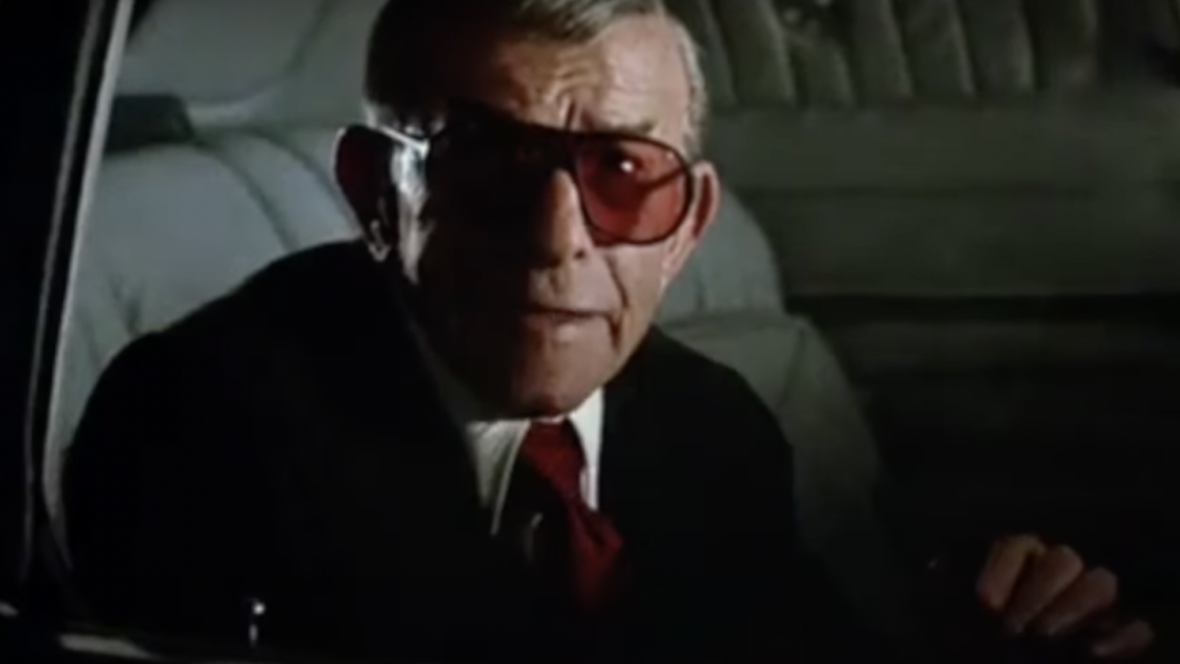
The third film in the Oh God! series — following 1977’s Oh, God and 1980’s Oh God! Book II — finds the irresistible George Burns, who played God in the first two films, doubling up to play both God and his old nemesis, the devil. His mission: To buy the soul of a struggling rock musician.
With all respect to Gracie, Burns and Burns also make quite the comedic duo.
Shame on George Burns. Shame!
The Prophecy (1995)
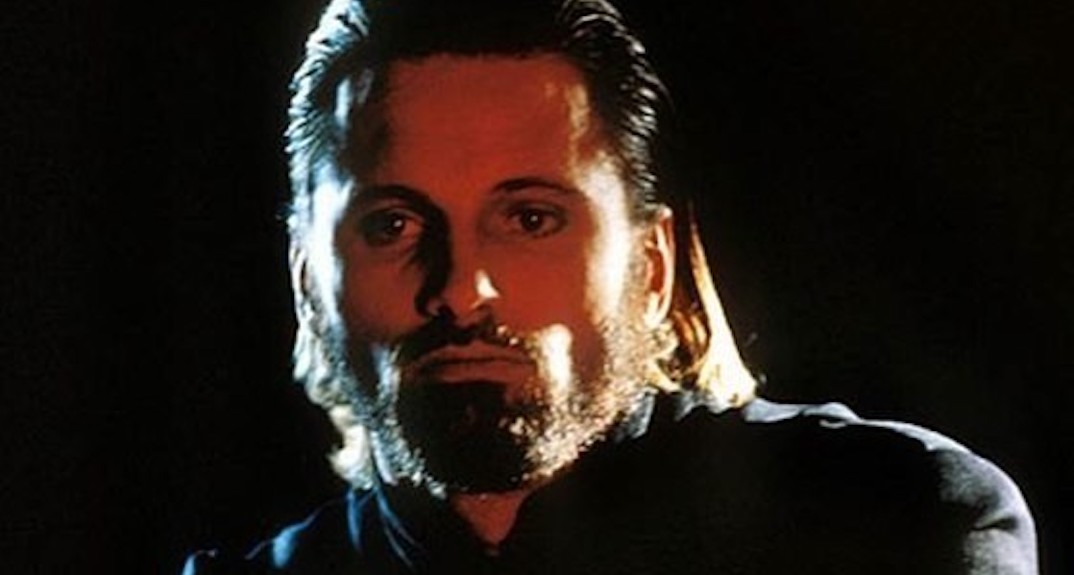
Another handsome devil movie: This time Viggo Mortenson plays a philosphical, manipulative version of Lucifer, pushing buttons and trying to protect his own interests amid a complex war between angels and humankind. He’s a carrot-or-stick type of devil, charming with an invitation, but also happy to just drag people to the bad place.
Also, is it us or does Mortenson’s devil look a little like DeNiro’s Louis Cyphre?
Anyway: Shame!
Also Read: 10 Sex Scenes Somebody Should Have Stopped
Constantine (2005)
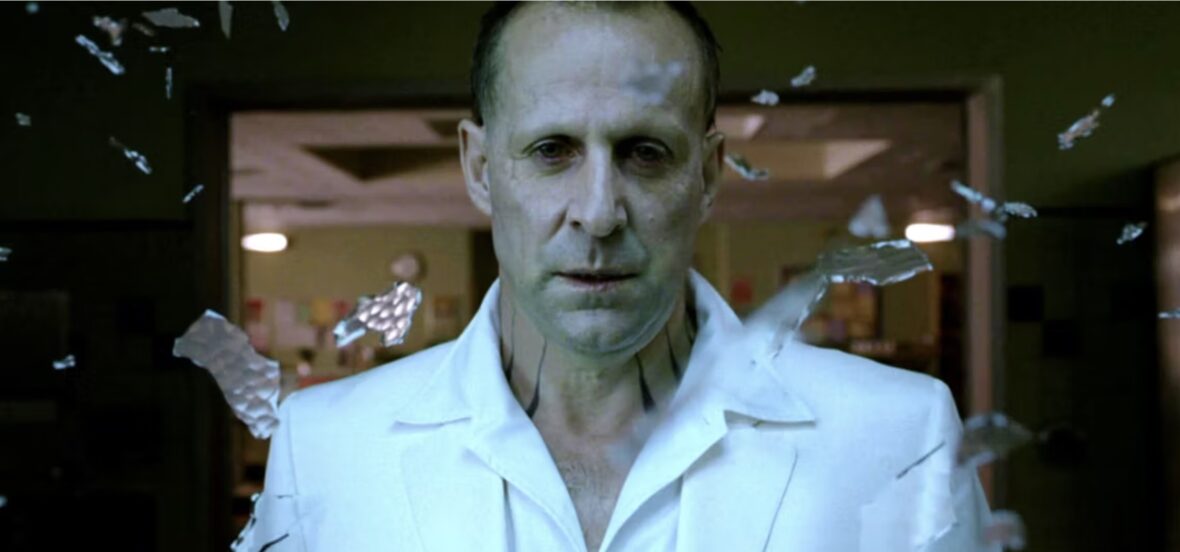
No one’s saying Peter Stormare’s version of the Satan is a nice guy, but he is pretty cool in Constantine, showing up as he does, barefoot in a white suit, slowing down time and walking through shattered glass like the mysterious, sultry star of a ’90s R&B video.
Needless to say: shame.
The Story of Mankind (1957)
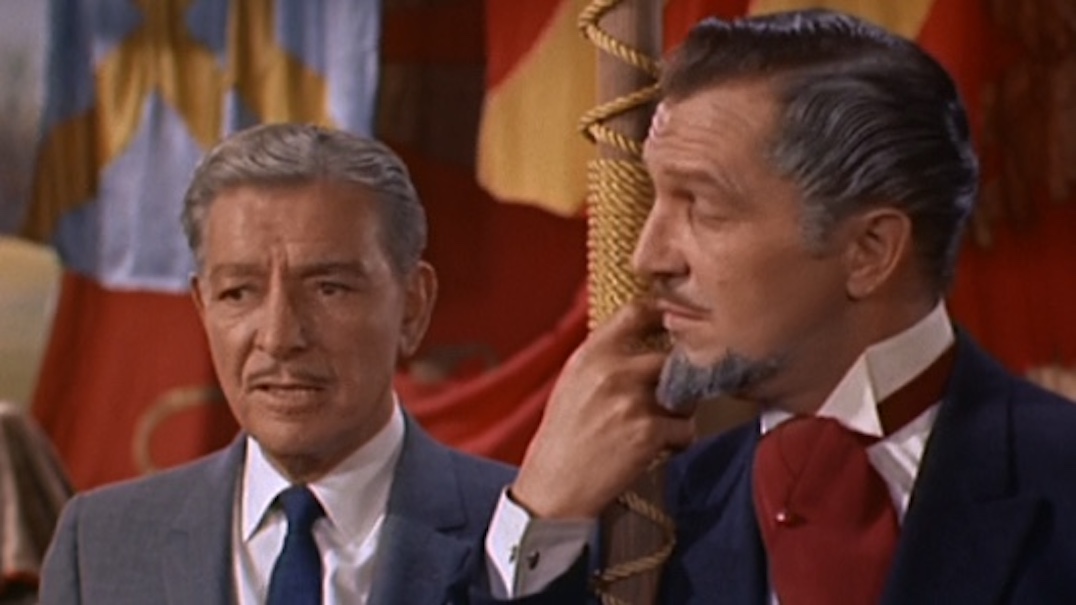
This very weird, ambitious courtroom drama finds Mr. Scratch — played by a beguiling Vincent Price, above — arguing before a Great Court of Outer Space that humankind is more evil than good. His magnificent cravat, needless to say, gives him an unfair advantage.
Price was one of the earlier screen actors to figure out that a smooth-talking devil is scarier and more interesting than a raging one. You catch more souls with honey than vinegar, we guess.
Anyway, shame.
Bedazzled (1966)
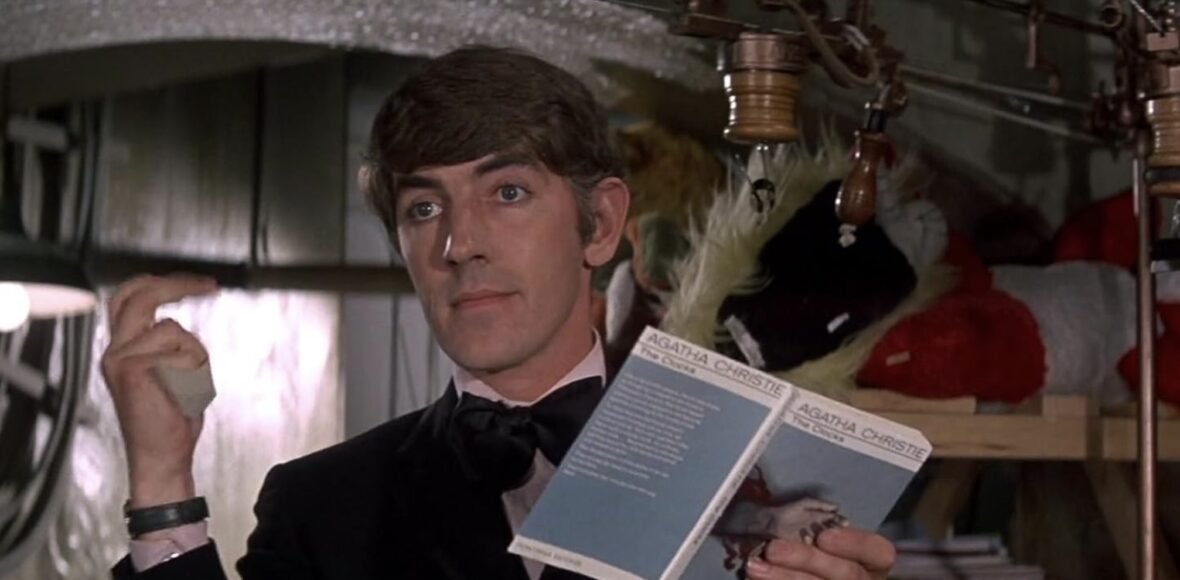
Peter Cook is a swingin’ ’60s devil in the original Bedazzled, in which he offers seven wishes to a nebbishy lad played by Dudley Moore.
The most amusing aspect of the film — and most stories about deals with the devil — is seeing how he’ll technically fulfill his end of the bargain, while making things infinitely worse.
Given that this version of Bedazzled is best known for a seduction scene with Raquel Welch, someone wisely said: Hey. what if the whole movie were a big seduction? Which brings us to the next film in our gallery.
(Oh, and also: Shame.)
Bedazzled (2000)
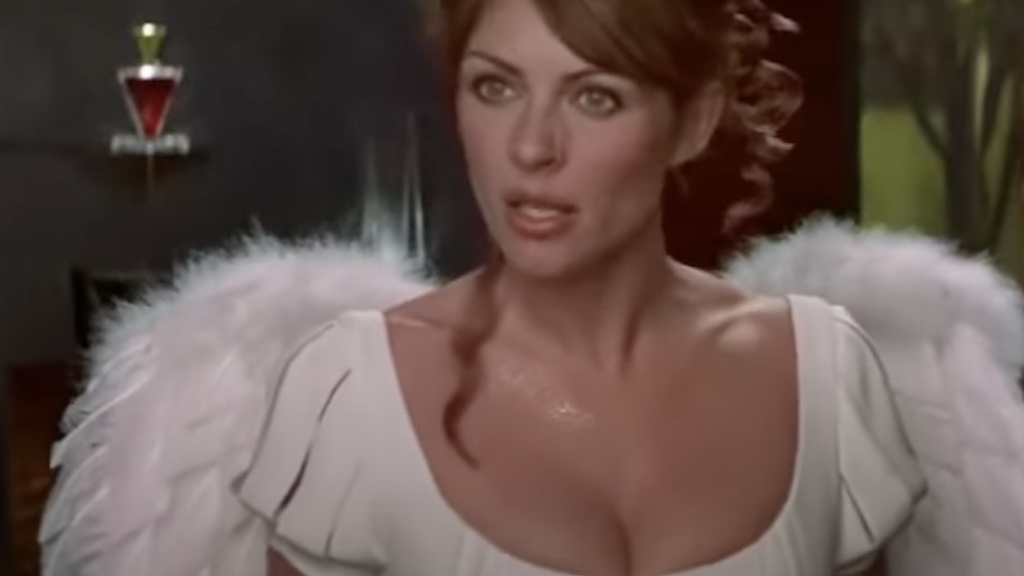
The most glamorous of all movie devils, Elizabeth Hurley spends this superior remake of the 1966 Bedazzled tormenting the hapless Eliot (Brendan Fraser) while adopting a variety of amusing guises and costumes. She’s absurdly charismatic as a tech-savvy, high-fashion devil who uses computer programs to exploit her targets’ weaknesses.
It may be Hurley’s best role — pitch-perfect as she is as Vanessa in Austin Powers: International Man of Mystery, she’s mostly playing it straight to Mike Myers’ Austin.
In this one, she owns all the diabolical amusements.
Shame! Shame! Shame!
Little Nicky (2000)
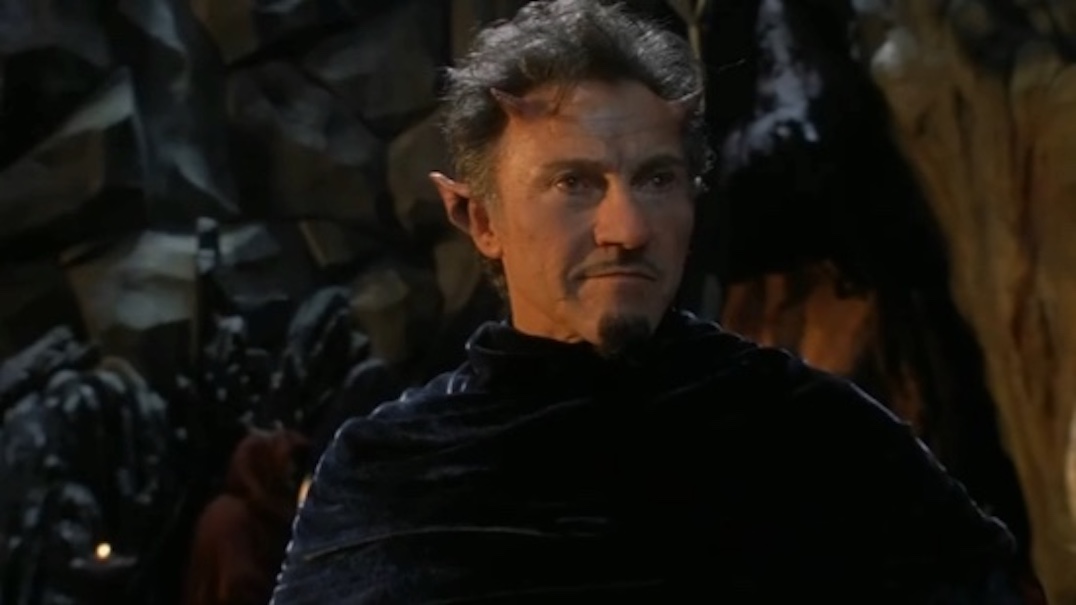
With his prosthetic horns and pointy ears, Harvey Keitel is a watchable curiosity in this very broad, not-great Adam Sandler comedy.
He plays the devil (often referred to as Your Evilness) as a hard-working, coolheaded, basically decent guy trying to hold everything together while juggling his difficult job and demanding dad (Rodney Dangerfield). Keitel, masterful actor that he is, glamorizes the devil by making him seem harmless.
And also, the voice that Adam Sandler does throughout the movie: Shame!
Enjoyed This List of Shameful Movies That Glamorize the Devil?
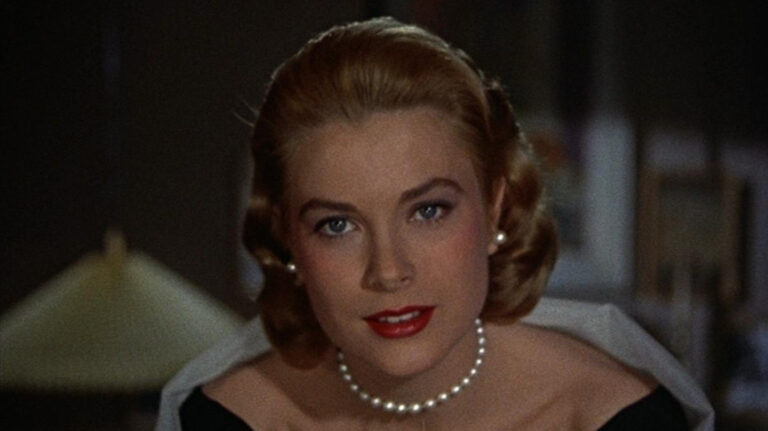
You might also like this list of 12 Rad ’80s Movies Only Cool Kids Remember. Or cleanse your soul with this list of 1950s Movies That Are Still a Total Delight.
Main image: Elizabeth Hurley in Bedazzled, the inspiration for this whole gallery.
